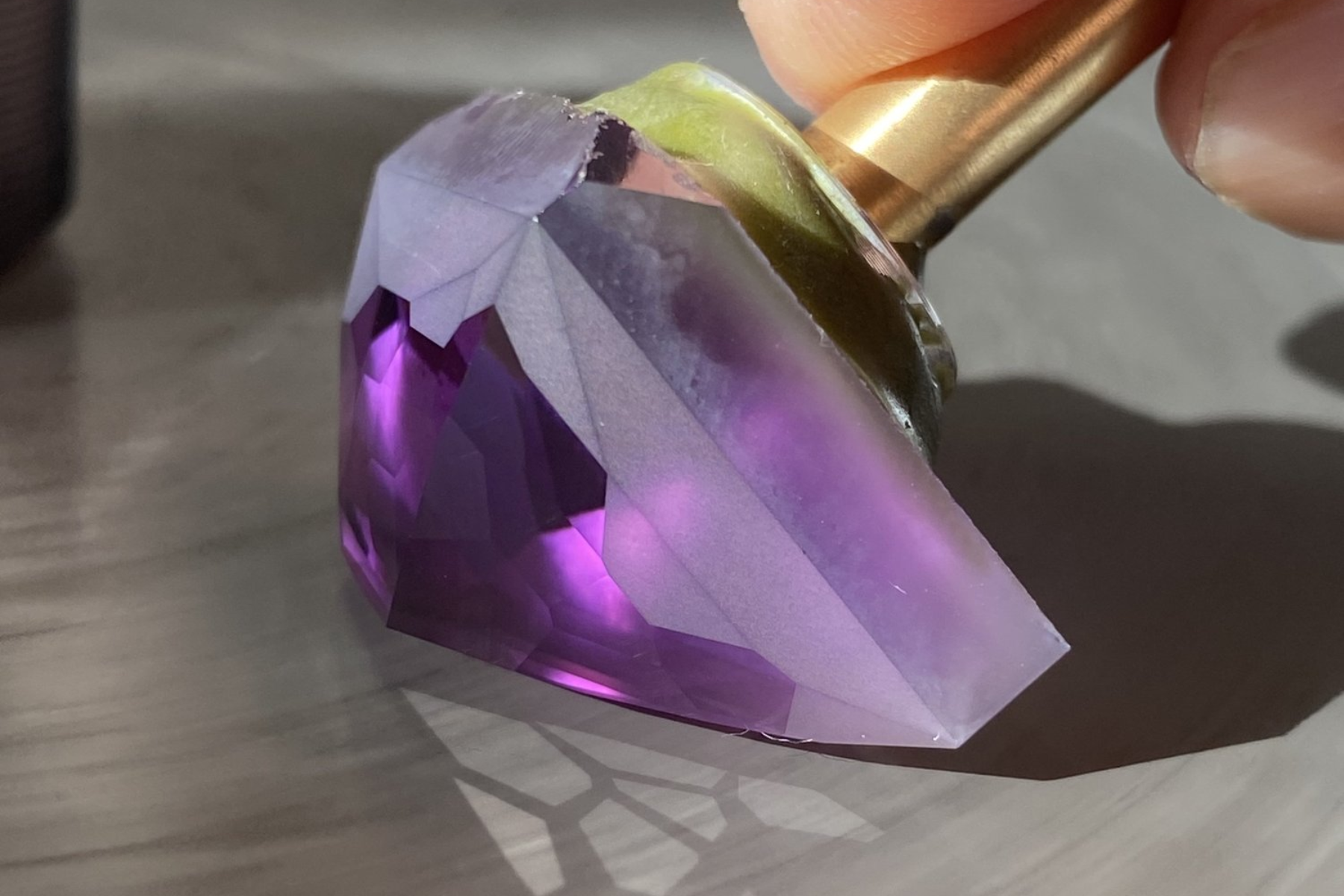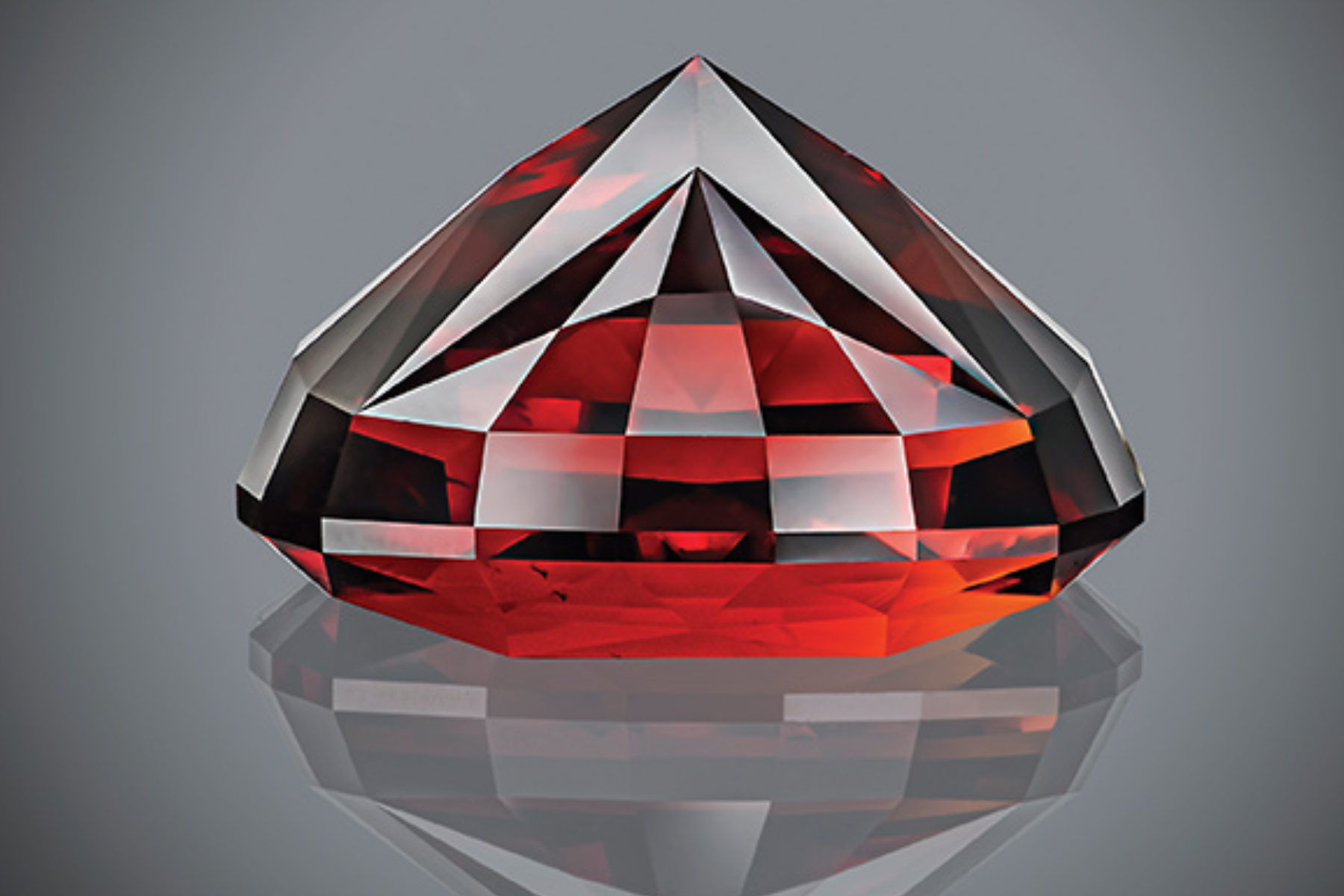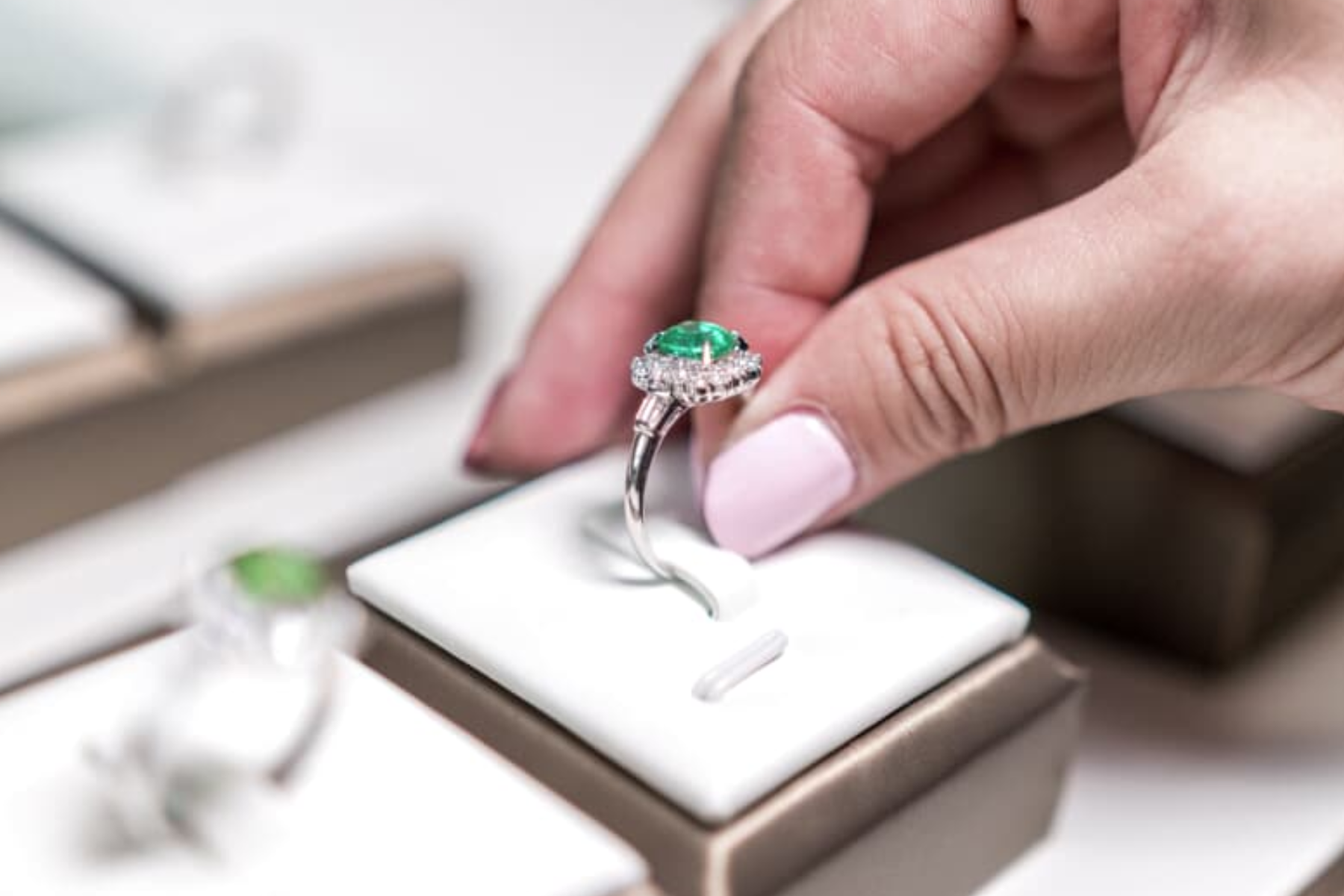Gemstonesare precious or semi-precious minerals that have been cherished for centuries for their beauty and rarity. However, a rough gemstone straight from the ground is far from the dazzling jewel it can become.
To unlock their full potential, gemstones go through the process of cutting and polishing gemstones. This article explores the intricate steps involved in transforming raw gemstones into exquisite pieces of jewelry.
From Rough To Radiant - The Journey Of Gemstone Transformation
Gemstones possess a beguiling charm that has captivated the attention of people for generations. A unique voyage of transformation is required for these precious stones, which are buried deep under the soil before they can show off their real brilliance.
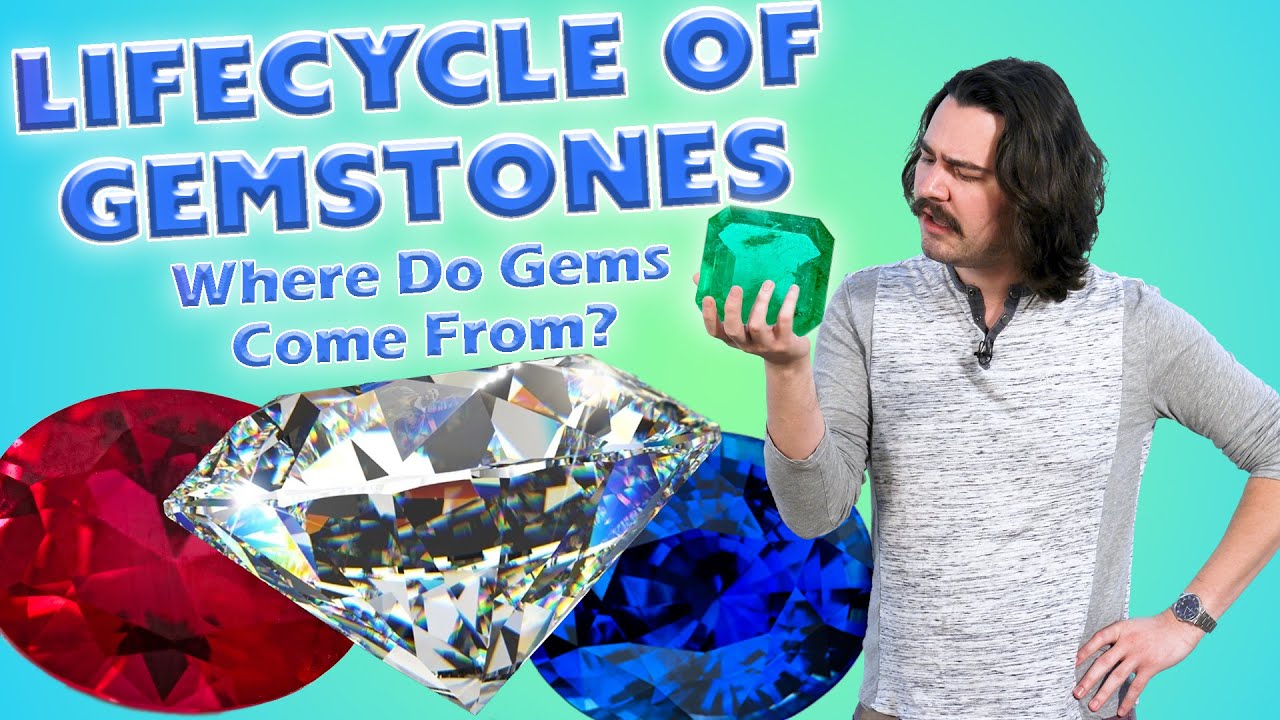
Lifecycle of Gemstones | Farm to Table Gemstone Style
From their raw, uncut form to becoming exquisite jewels, the process of gemstone transformation involves several intricate steps. Let's explore the journey of gemstone transformation from rough to radiant.
The Discovery Of Rough Gemstones:
- Rough gemstones are discovered in various parts of the world, often deep within the earth's crust.
- Gem miners and geologists use specialized techniques to locate gemstone deposits, such as studying geological formations and conducting mining operations.
- Once a potential gem deposit is identified, the extraction process begins, involving careful excavation and extraction methods to preserve the integrity of the gemstones.
Sorting And Evaluation:
- After extraction, rough gemstones are sorted based on their size, color, and clarity.
- Gemstone experts evaluate the quality and potential value of each rough stone, assessing factors such as color intensity, inclusions, and any unique characteristics.
- This evaluation helps determine the best course of action for each gemstone, including the potential cuts and shapes that will enhance its natural beauty.
The Art Of Cutting Gemstones:
- Skilled craftsmen, known as lapidaries, take center stage in the cutting process.
- Lapidaries use specialized tools, such as diamondsaws and precision grinding wheels, to shape the rough gemstones.
- The process begins with marking the rough gemstone, outlining the desired shape and size of the final gem.
- Lapidaries carefully cut and shape the gemstone, considering factors like the stone's inherent characteristics, optical properties, and desired final appearance.
- Each cut is meticulously executed to maximize the gem's brilliance, fire, and overall visual appeal.
Faceting And Polishing:
- Faceting is a crucial step that adds facets, flat polished surfaces, to the gemstone.
- Lapidaries use specialized faceting machines to precisely cut and shape the facets, optimizing the gem's ability to reflect and refract light.
- The number, size, and arrangement of facets depend on the desired cut and the characteristics of the gemstone.
- Polishing follows the faceting process, where lapidaries use progressively finer abrasives, such as diamond powder, to refine the gem's surface.
- Polishing removes scratches and imperfections, revealing the gemstone's inherent brilliance and luster.
Quality Assessment And Certification:
- Once a gemstone has been cut and polished, it undergoes a quality assessment by gemologists.
- Gemologists evaluate the gemstone based on the renowned "4Cs": carat weight, color, clarity, and cut.
- The gemstone may also undergo additional testing, such as assessing its transparency, fluorescence, or special optical phenomena.
- Gemstone certification from reputable gemological laboratories adds value and ensures authenticity, providing confidence to buyers about the gem's quality and characteristics.
Designing And Setting:
- Once the gemstones are transformed into their desired shape and assessed for quality, they are ready to be incorporated into jewelry designs.
- Jewelry designers and artisans work closely with the gemstones, considering their shape, color, and unique features to create stunning pieces.
- Gemstones are set into carefully crafted settings, such as rings, earrings, necklaces, or bracelets, highlighting their beauty and allowing them to shine.
Types Of Gemstones
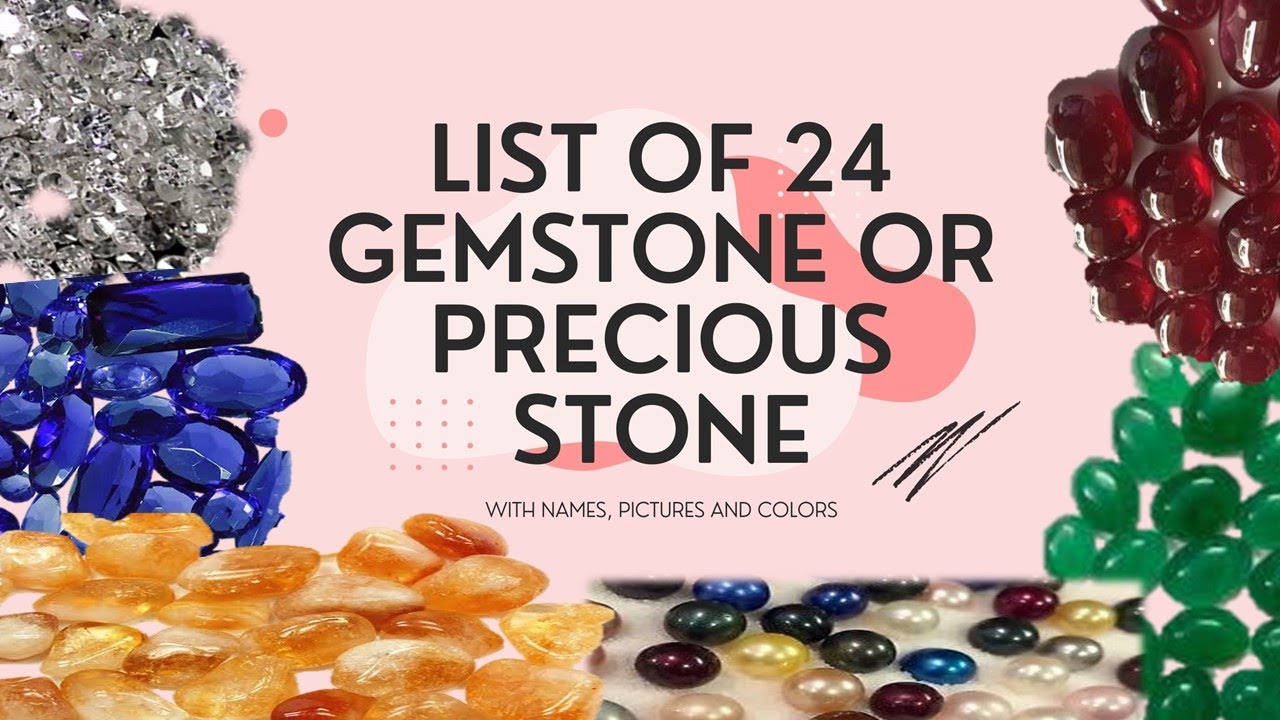
List of 24 Gemstones or Precious Stones with Names, Pictures and Colors
Gemstones can be categorized into two main types: precious and semi-precious. Precious gemstones, such as diamonds, rubies, sapphires, and emeralds, hold high value due to their rarity and exceptional beauty.
Semi-precious gemstones encompass a broader range of gems like amethyst, citrine, topaz, and turquoise, which also possess distinct charm and desirability.
Cutting Gemstones
The craft of cutting gemstones is a delicate one that requires a high level of experience and precision. Lapidaries are highly experienced artists who specialize in the cutting of gemstones. To form raw gemstones, lapidaries utilize a wide array of tools and equipment.
Marking the stone, cleaving or sawing it, grinding and sculpting the facets, and ultimately polishing the gem to increase its brilliance are some of the procedures involved in the process.
Polishing Gemstones
Polishing is a crucial stage in the gemstone-cutting process as it gives the stone its final luster and shine. Lapidaries employ various techniques and tools to achieve a flawless finish.
Using finer and finer abrasives, they gradually refine the gem's surface, eliminating scratches and imperfections. The end result is a smooth, reflective surface that maximizes the gemstone's sparkle and visual appeal.
Faceting Gemstones
One popular technique in gemstone cutting is faceting. Faceting involves creating multiple flat surfaces, known as facets, on the gemstone.
These facets are precisely angled to reflect light in a way that enhances the gem's brilliance and fire. Faceted gemstones are prized for their intricate patterns and ability to capture and reflect light, showcasing their inner beauty.
Commonly Used Gemstone Cuts
There are several classic gemstone cuts that have stood the test of time due to their timeless elegance and popularity. Some of these cuts include the round cut, princess cut, emerald cut, marquise cut, Oval cut, and many more.
Each cut has its unique characteristics, such as the number and arrangement of facets, which influence the gemstone's overall appearance and brilliance.
Whether it's a classic round diamond or a fancy-shaped gem, the cut plays a significant role in enhancing its beauty.
The Art Of Lapidary
The art of lapidary, the cutting, and polishing of gemstones, dates back thousands of years. Ancient civilizations recognized the transformative power of shaping raw gemstones into captivating treasures.
Today, lapidaries combine traditional techniques with modern advancements to create stunning gemstone creations. They skillfully navigate the gem's natural properties and optimize its brilliance, color, and clarity, bringing out its inherent beauty.
Gemstone Certification
Gemstone certification is an essential aspect of the industry. Certified gemstones provide buyers with assurance regarding the gem's quality and authenticity.
Professional gemologists carefully examine and grade gemstones based on the 4Cs: carat weight, color, clarity, and cut. Certification from reputable gemological laboratories adds value and trust to the gemstone, making it more desirable and valuable.
Care And Maintenance Of Cut Gemstones
Once a gemstone has been cut and polished to perfection, it requires proper care and maintenance to preserve its beauty. Cleaning cut gemstones regularly is crucial to remove dirt, oils, and residues that can dull their sparkle.
Using a mild soap and a soft brush, gently clean the gemstone, taking care not to scratch it. Storing gemstones separately in soft pouches or jewelry boxes also prevents them from scratching or chipping.
People Also Ask
How Long Does The Cutting And Polishing Process Take?
The duration depends on various factors such as the type and size of the gemstone, the complexity of the cut, and the lapidary's skill. It can range from a few hours to several weeks.
Can Any Gemstone Be Cut And Polished?
Most gemstones can be cut and polished, but the hardness and durability of the stone are crucial factors. Some softer or brittle gemstones may require specialized techniques and extra caution.
How Do Gemstones Get Their Shine?
Gemstones get their shine through the cutting and polishing process. The facets and smooth surfaces reflect light, enhancing the gem's brilliance and sparkle.
What Are Some Popular Gemstone Cutting Styles?
Popular gemstone cutting styles include round cut, princess cut, emerald cut, marquise cut, and oval cut. Each style offers a unique visual appeal.
Can I Cut And Polish Gemstones At Home?
Cutting and polishing gemstones require specialized skills, knowledge, and equipment. It's recommended to leave this task to professional lapidaries who have the expertise and experience to achieve optimal results.
Conclusion
The process of cutting and polishing gemstones is a meticulous craft that transforms rough stones into exquisite jewels. From selecting the right tools to shaping and faceting the gem, skilled lapidaries invest time and expertise to enhance the gemstone's beauty.
The brilliance, fire, and radiance of a cut gemstone are a testament to the artistry involved in the lapidary process. With each cut, the gemstone reveals its inner splendor, ready to be treasured in jewelry pieces for generations to come.
